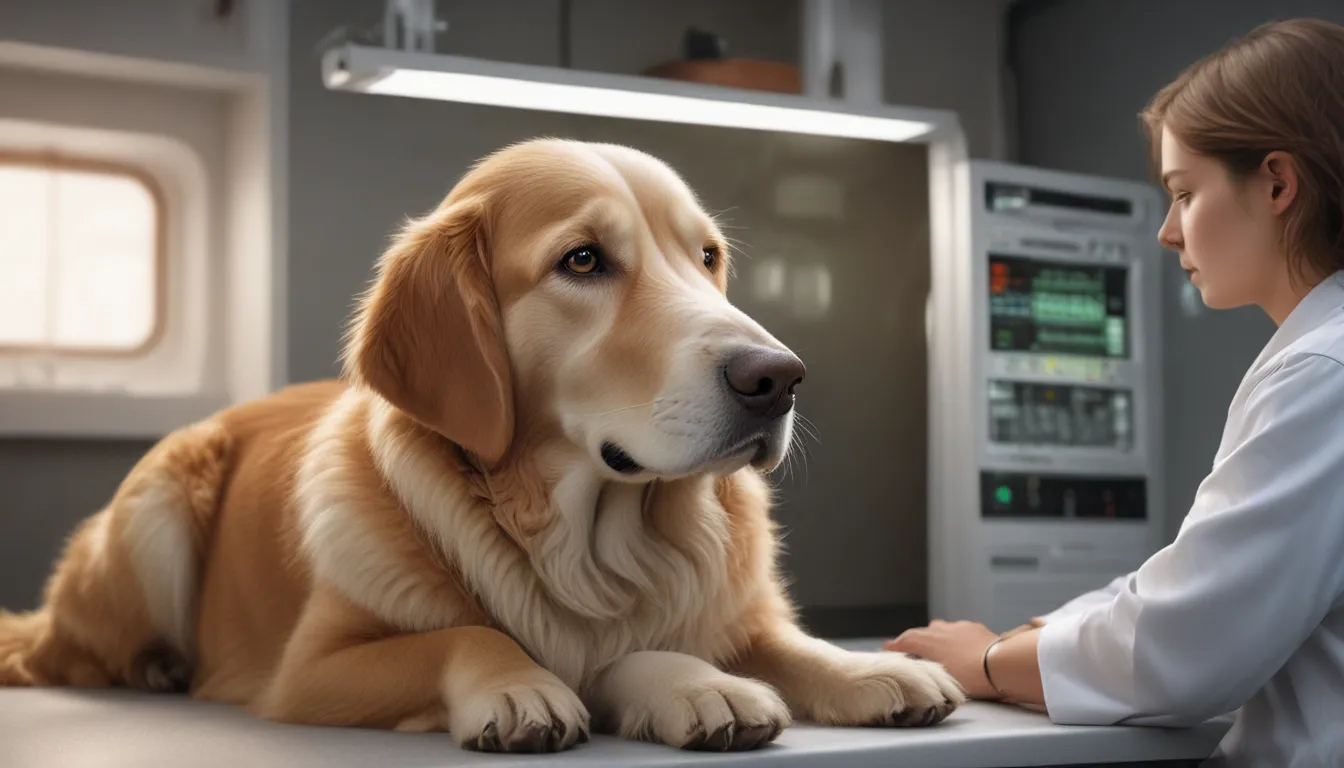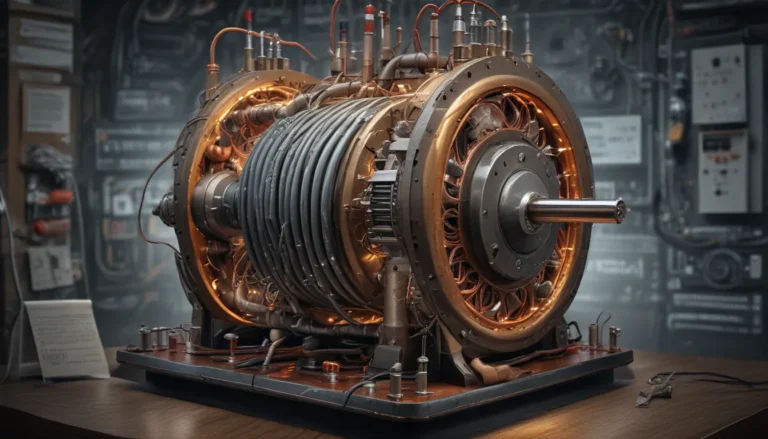A Note About Images: The images used in our articles are for illustration purposes only and may not exactly match the content. They are meant to engage readers, but the text should be relied upon for accurate information.
Positron Emission Tomography (PET) stands as a beacon of innovation in the realm of medical imaging, offering a profound glimpse into the intricate workings of the human body. With its ability to illuminate metabolic processes at a molecular level using radioactive tracers and cutting-edge technology, PET scans have become a cornerstone in the realm of diagnostic medicine. From cancer to neurological disorders and heart conditions, PET scans play a pivotal role in the diagnosis, staging, and monitoring of various diseases, shaping the landscape of modern healthcare.
Unraveling the Marvels of PET Scans
PET: A Non-Invasive Imaging Technique
Positron Emission Tomography (PET) stands as a non-invasive medical imaging technique that allows healthcare providers to visualize and monitor the metabolic activities of organs and tissues within the body. By providing detailed insights into cellular functions, PET scans offer a unique perspective on disease pathology and progression.
Harnessing the Power of Radioactive Tracers
At the core of PET scans lies the utilization of radioactive tracers, or radiopharmaceuticals, injected into the bloodstream. These tracers emit positrons, detectable by PET scanners, which then generate high-resolution images detailing the metabolic activities of tissues and organs.
A Diagnostic Powerhouse
PET scans serve as a versatile tool in diagnosing an array of conditions, ranging from cancer and heart disease to neurological and psychiatric disorders. By delving into the molecular functioning of tissues, PET scans offer invaluable information for accurate disease assessment and treatment planning.
Early Detection of Cancer Metastasis
PET’s high sensitivity enables the early detection of cancer metastasis, providing crucial insights for optimal treatment strategies before the disease progresses to a visible stage. By guiding early interventions, PET scans contribute significantly to improving patient outcomes.
Unveiling Brain Function
By mapping metabolism and blood flow within the brain, PET scans hold the key to evaluating brain function and identifying anomalies associated with conditions like Alzheimer’s disease, epilepsy, and stroke. The insights gleaned from PET scans play a pivotal role in enhancing our understanding of neurological disorders.
Empowering Medical Decision-Making with PET Scans
Safety and Painlessness of PET Scans
Despite the utilization of radioactive tracers, PET scans are considered safe, with radiation exposure levels falling within acceptable limits. Moreover, the non-invasive and painless nature of PET scans minimizes patient discomfort, underscoring its significance in modern medical diagnostics.
Guiding Treatment Paths
PET scans offer a guiding light for healthcare professionals in determining optimal treatment options based on the metabolic activity of tumors. By providing real-time insights into treatment responses, PET scans empower oncologists to tailor interventions for enhanced efficacy.
Monitoring Treatment Efficacy
During cancer treatment, PET scans serve as invaluable tools for monitoring treatment responses, enabling healthcare providers to make timely adjustments to therapy plans as needed. This dynamic monitoring capability contributes to optimizing patient care and outcomes.
Unlocking Insights into Heart Health
PET scans play a crucial role in evaluating blood flow to the heart and identifying areas of diminished blood supply, aiding in the diagnosis and management of heart disease. By offering precise cardiac assessments, PET scans enable tailored treatment strategies for optimal outcomes.
Personalized Medicine through PET Scans
With its capacity to characterize tumors at a molecular level, PET scans propel the realm of personalized medicine forward, facilitating tailored treatment approaches based on individual characteristics. This personalized approach to healthcare holds immense promise for improving patient outcomes.
The Future of PET: A Vision of Advancements and Breakthroughs
Delving into Neurological Disorders
PET scans unveil abnormal brain activity associated with neurological disorders like Parkinson’s disease, schizophrenia, and depression, enriching our diagnostic capabilities and understanding of these complex conditions. By shedding light on neural pathways, PET scans pave the way for enhanced treatment strategies.
Pioneering Technological Sophistication
PET scanners are marvels of technological innovation, utilizing advanced capabilities to detect and measure radiation emissions from tracers. The resultant high-quality images provide clinicians with detailed information crucial for accurate diagnoses and tailored treatment plans.
Charting Brain Development
In the realm of pediatric medicine, PET scans offer insights into brain development in infants and children, facilitating a deeper comprehension of neurological maturation and early-onset disorders. By studying various brain regions, PET scans contribute to early intervention strategies and optimized outcomes.
A Collaborative Approach to Imaging
PET scans often complement other imaging modalities like CT or MRI, offering a comprehensive evaluation of patient health. By integrating various imaging techniques, healthcare providers gain a holistic understanding of a patient’s condition, enabling informed decision-making and tailored interventions.
Conclusion: A New Era of Medical Marvels Unfolds
In the realm of medical diagnostics, Positron Emission Tomography (PET) shines as a beacon of innovation, offering unparalleled insights into the human body’s intricate workings. From disease detection to treatment planning, PET scans stand at the forefront of modern healthcare, reshaping how clinicians approach patient care. As advancements continue to propel the field of PET imaging forward, the horizon brims with possibilities for enhanced diagnostic capabilities and improved patient outcomes.
Embracing the Journey of Discovery
Positron Emission Tomography (PET) beckons us into a realm of medical marvels, where each scan reveals a tapestry of cellular insights and diagnostic revelations. Through the collaborative efforts of technology and medical expertise, PET scans herald a new era of personalized medicine and tailored treatments, offering hope and healing to patients around the world. As we navigate the evolving landscape of medical imaging, PET stands as a testament to human ingenuity and innovation, guiding us towards a future of enhanced healthcare and transformative breakthroughs.






